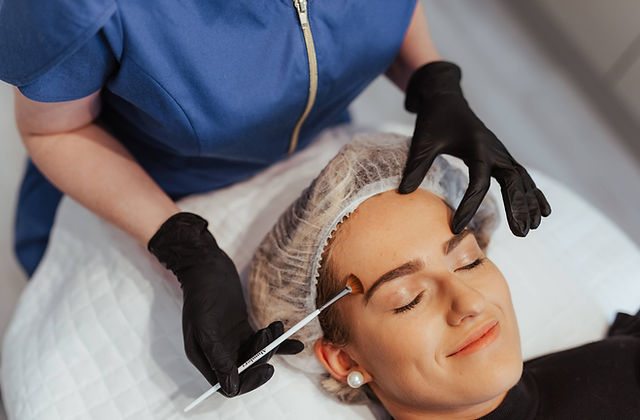Is a Peel Right for Sun-Damaged Skin?
Have you been noticing more fine lines, spots, or dullness on your skin after prolonged sun exposure? If so, you're not alone. Sun damage is one of the most common concerns for people living in sunny climates or spending time outdoors. Chemical peels are gaining popularity for tackling skin issues caused by UV exposure, and many are now turning to Chemical Peels Dubai Silicon Oasis to rejuvenate and restore their natural glow.
Understanding Sun-Damaged Skin
Before diving into the treatment, it's important to understand how sun damage affects your skin. The sun emits UVA and UVB rays, both of which penetrate the skin and lead to premature aging, pigmentation, and even texture changes over time.
Common signs of sun damage include:
-
Fine lines and wrinkles
-
Hyperpigmentation or dark spots
-
Uneven skin tone
-
Dry or leathery texture
-
Enlarged pores
-
Redness or blotchiness
What Is a Chemical Peel?
A chemical peel is a non-invasive cosmetic procedure that uses a solution to exfoliate the top layers of the skin. This controlled process removes dead and damaged skin cells, allowing healthier skin to emerge. Peels come in various strengths and formulas, depending on the skin concern being targeted.
There are three main types of peels:
Superficial Peels
-
Use mild acids like alpha-hydroxy acids (AHAs)
-
Target the outermost layer of the skin
-
Best for mild discoloration and rough skin
Medium Peels
-
Typically use trichloroacetic acid (TCA)
-
Reach the middle layers of skin
-
Treat age spots, fine lines, and moderate sun damage
Deep Peels
-
Use phenol or stronger TCA solutions
-
Penetrate deep into the dermis
-
Used for more severe wrinkles, sun damage, and scars
How Chemical Peels Work on Sun-Damaged Skin?
Chemical peels are particularly effective in treating sun-damaged skin because they remove damaged skin cells and stimulate the regeneration of new ones. Here’s how they help:
Exfoliation
The acid solution dissolves the bond between old, damaged skin cells, helping them slough off. This removes the sun-damaged surface layer and reveals brighter, healthier skin beneath.
Collagen Stimulation
Peels promote the production of collagen, a key protein responsible for skin elasticity. Increased collagen helps reduce fine lines and improves skin texture.
Pigment Correction
Many people develop dark spots or an uneven skin tone due to UV exposure. Chemical peels help break down melanin clusters, lightening these spots and creating a more uniform complexion.
Smoother Texture
The procedure improves skin smoothness by removing rough, flaky, or leathery patches caused by sun exposure.
Who Is a Good Candidate for a Peel?
Chemical peels are generally safe for most skin types and tones, but not everyone is an ideal candidate. You may benefit from a peel if:
-
You have noticeable sun spots, discoloration, or uneven tone
-
Your skin feels rough or looks dull
-
Fine lines and early wrinkles are starting to appear
-
You don’t have any active skin infections or conditions like eczema or rosacea
Final Thoughts
Sun damage is more than just a cosmetic concern—it can affect the overall health and function of your skin. Fortunately, chemical peels offer a proven solution to reverse many of these visible signs, revealing a smoother, brighter, and more youthful complexion. By understanding the process and benefits, you’ll be better equipped to make an informed decision and take that step toward healthier, rejuvenated skin.




Comments
Post a Comment